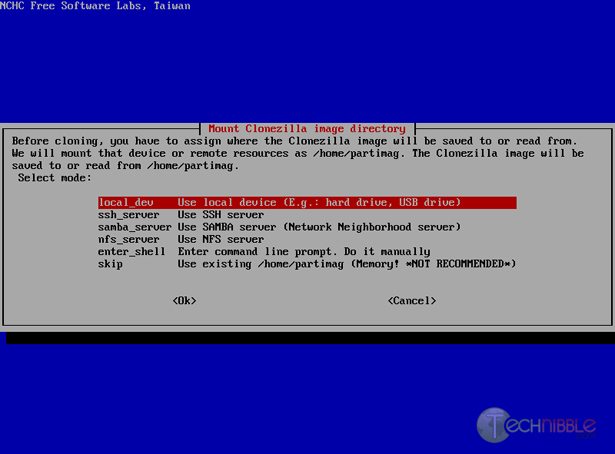
It is important to remember that we do NOT want to touch any other partition, which may contain other operating This means that if something goes horribly We want to backup the root (/) partition of our operating system, in this case Fedora 14, before making a distro upgrade. You can backup either an entire disk or specific partitions. I personally think this is very important, as you can control all steps of The device has to have a valid partition table and partitions need to beįormatted with a supported filesystem, including Ext2/3/4 or even NTFS. This device can beĪn internal or an external device. This is the target or theĭestination, officially known as CloneZilla image repository. You need to choose the device you want to save your images to. Shell is forĮxperienced users who can type in commands manually or remember backup and restore options by heart. Now that you have the right amount of fear and respect in your bones, let's.Īfter launching CloneZilla, you will need to choose what mode you want to run the software. You may inadvertently ruin yourĭisk, system or personal files. If you are not full confident about what you're doing, then don't.

The one thing I'd like to emphasize is you can never be too careful when working with I will not elaborate too much on the need for backup or the imaging technology details.

Two guides, the original and this one, should be the definite source for using CloneZilla imaging software We'll do it both with Linux and Windows systems. Operating system, including special emphasis on choosing the right device, GRUB bootloader and MBR restorationĪnd other important, delicate elements of the procedure.

#HOW TO RUN A DISK CHECK WITH CLONEZILLA HOW TO#
I will show you both how to backup and restore an Today, I'd like to refresh and improve the tutorial. Tutorial, which covered the use of CloneZilla and PartImage software. It has been a while since I wrote my original Free imaging software


 0 kommentar(er)
0 kommentar(er)
